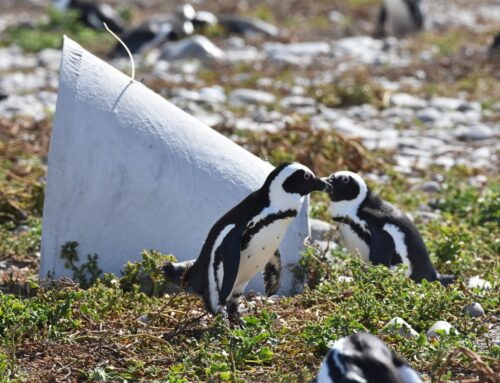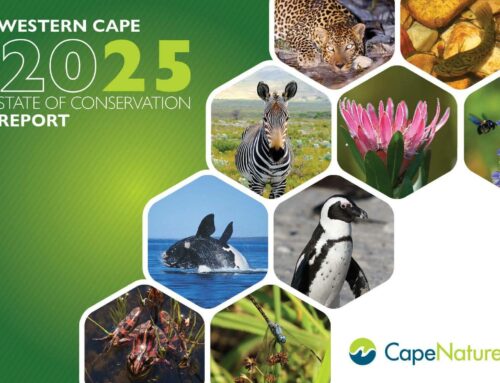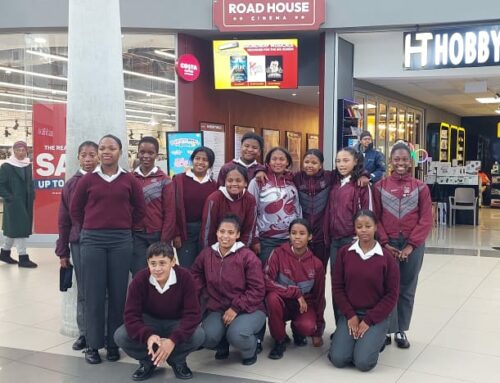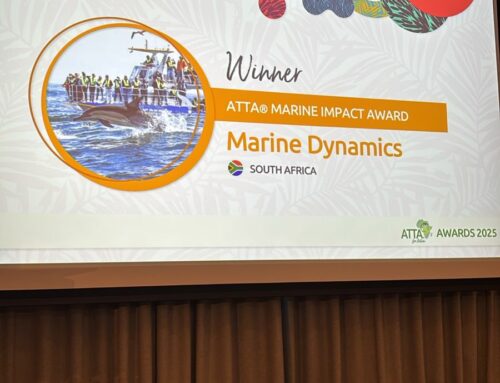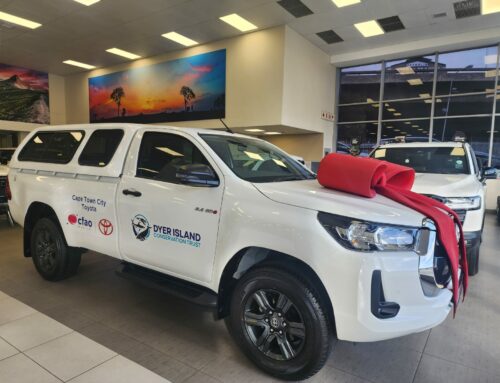August 06, 2015 by dyertrust



Our dive lasted around 45 minutes, then Ilze and I surfaced with huge smiles very contented! Angie even gave Ilze a Raggies tooth which she said was especially for little Nicole. It was quite the luxury dive experience with a clean towel and warm shower waiting for us after- we did not even have to de-kit our SCUBA gear- Angie and the team had it all covered!

A brand new predator tank is in the process of being built at the Two Oceans, which Im told will undoubtedly impress. As tourism and conservation partners the Two Oceans aquarium, Marine Dynamics and Dyer Island Cruises go back over a decade. It is a simple relationship; each business is geared around the same passion and drive for marine education and conservation. In fact, one of MD and DICS resident skippers Pieter du Toit was a shore angler who helped catch and tag ragged tooth sharks in Struisbaai during Maxines campaign in 2004!
Two weeks ago the Two Oceans donated 100,000 ZAR towards the building of our African Penguin and Seabird Sanctuary (APSS) which was an integral building block towards the development of the facility in Gansbaai. For more information on this see
Previous surveys have employed underwater visual census and capture survey techniques. The detection power, environmental impact and financial sustainability of these methods have limited their implementation, especially in the cold Benguela upwelling–? driven ecosystems on South Africas west coast. The baited remote underwater video system (BRUVs) has been tested as a standard, non–?extractive methodology that can be applied throughout South Africas near–?shore marine habitat areas.
BRUV surveys have been performed in both protected and exploited areas in South Africa, including False Bay, Bettys Bay, Stilbaai and Tsitsikamma. The standard BRUVs provide data on habitat, species diversity and abundance. The stereo–?BRUVs variation can give estimates of fish length. While fish length is a useful metric because it can be converted to fish size structure data, the stereo–?BRUVs require more complicated equipment for the deployment and additional software and time for the analysis of the length data. Therefore, the single camera BRUVs are more practical as a standard survey tool across South Africa.
The BRUV system operates by lowering a camera rig to the sea floor and recording approximately one hour of footage for later analysis of the habitat, number and behavior of the species within view. Deployments can be made simultaneously in groups of up to four rigs. Cameras are deployed at least 150 m apart to maintain sample independence.
This will be the first study of its nature around Dyer Island.
Staff from both the Dyer Island Conservation Trust as well as CapeNature will be trained to utilize BRUV systems during this study and in the long term this will become a monitoring project for the Dyer Island Conservation Trust and the International Marine Volunteers in the Greater Dyer Island Region.
We thank one and all who attended this evening, it was by far one the most interactive audiences at our Marine evenings.
All visitors was also reminded that the African Penguin and Seabird Sanctuary is nearing completion, and that anyone is welcome to stop by to see the progress on site there will not always be people on had to show them around, but with the sponsorship of the horticultural layout by the Grootbos Foundation, it is worthwhile to stop and see the wonderful progress of the facility.
For any queries you are welcome to contact the DICT at 0829075607


